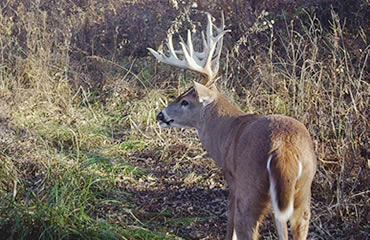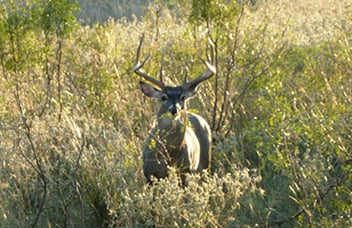Maps are your best friend when you're about to tackle new ground.
Magazine articles about hunting new ground always mention the importance of using topographic maps to help cut down scouting time, but most don't tell you exactly what you're looking for.
If you're looking at a paper topo, or one in a hunting app, look for ridge lines (deer often parallel ridges in their travel, usually just off the peak on either side). Also look for dips between ridges where deer like to cross from one area to another. Such locations act as natural funnels and almost always produce activity.
If you're using a paper map, take it with you when you visit the land and jot down important information like heavy trails, crop fields, oak stands or anything else that might come in handy this fall. Most hunting apps allow you to make notes, too. If you're worried about not having a cell signal at your hunting area, see if you can download your topo before you head out.
Carrying topos and making notes about what you see is one of the best educational tools you can use. By noting the best deer sign on your maps, you'll begin to identify features on them that explain why that sign, and the deer, are there. It won't be long before you'll be able to pick out similar features on topos of land you've never visited.
The topos won't give you all the answers, but they're a great place to start.
Read Recent Tip of the Week:• Stand Prep Starts Now! Although it doesn't feel anything like hunting season outside, now is the time to begin the real work that will lead to success in the fall.




.png)